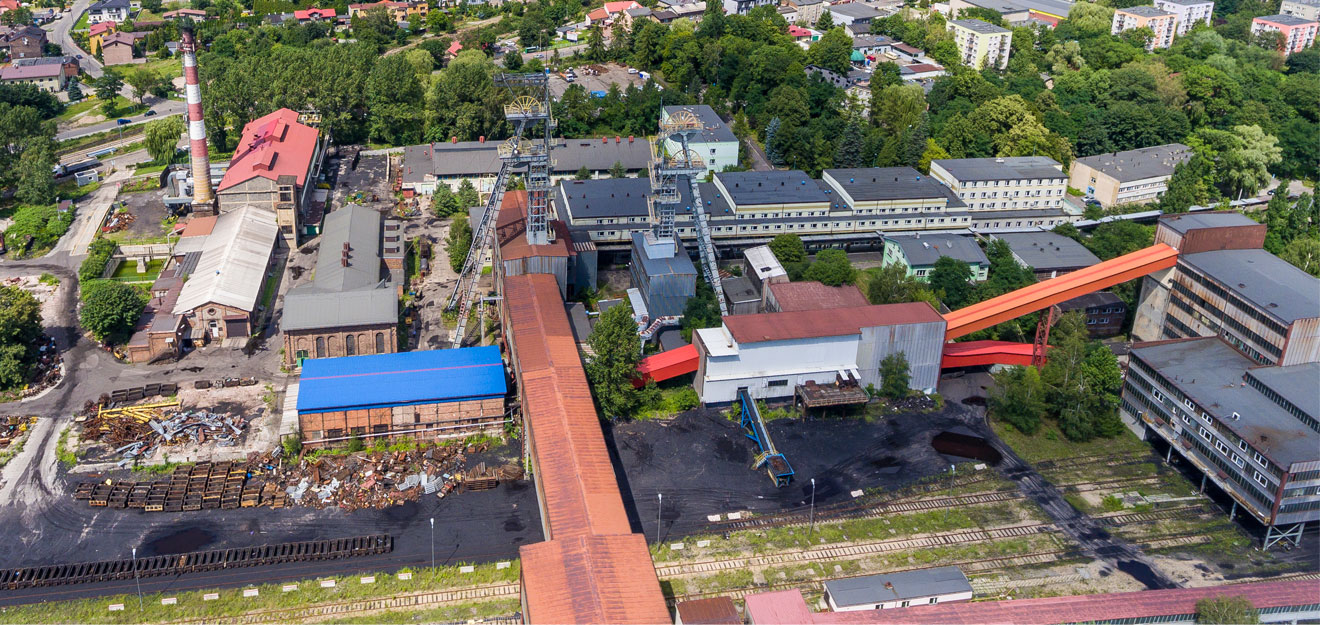In modern industrial production, energy consumption is an important link that cannot be ignored. With the increasing awareness of environmental protection and rising energy costs, how to efficiently utilize waste heat in industrial processes has become the key for enterprises to reduce costs and achieve sustainable development. The utilization of waste heat from circulating water, as an important means of energy conservation and emission reduction, is increasingly being applied in various industries.
In many industrial production processes, cooling water systems are widely used for equipment cooling and temperature regulation. After heat exchange with the equipment, the temperature of these cooling water increases, becoming a "waste heat resource" rich in thermal energy. However, in traditional processes, these waste heat are often directly discharged into the environment, which not only wastes valuable energy but may also have adverse effects on the environment. For example, the discharge of high-temperature circulating water may cause a rise in water temperature and affect ecological balance.
The principle of utilizing waste heat from circulating water

In modern industrial production, energy consumption is an important link that cannot be ignored. With the increasing awareness of environmental protection and rising energy costs, how to efficiently utilize waste heat in industrial processes has become the key for enterprises to reduce costs and achieve sustainable development. The utilization of waste heat from circulating water, as an important means of energy conservation and emission reduction, is increasingly being applied in various industries.
In many industrial production processes, cooling water systems are widely used for equipment cooling and temperature regulation. After heat exchange with the equipment, the temperature of these cooling water increases, becoming a "waste heat resource" rich in thermal energy. However, in traditional processes, these waste heat are often directly discharged into the environment, which not only wastes valuable energy but may also have adverse effects on the environment. For example, the discharge of high-temperature circulating water may cause a rise in water temperature and affect ecological balance.
The principle of utilizing waste heat from circulating water
Energy conservation and consumption reduction: The utilization of waste heat from circulating water can effectively reduce the dependence of enterprises on external energy sources. For example, by using waste heat for plant heating or process heating, the use of traditional energy sources such as natural gas and electricity can be reduced, significantly lowering energy costs.
Reducing environmental impact: The utilization of waste heat reduces the impact of thermal pollution on the environment, especially in areas with high environmental requirements, which can improve the environmental image of enterprises. In addition, this utilization method also reduces the emissions of greenhouse gases such as carbon dioxide, which meets the requirements of energy conservation and emission reduction policies.
Improving equipment efficiency: By utilizing the waste heat from circulating water, the temperature of the cooling water is effectively controlled, thereby enhancing the operational efficiency and stability of the equipment. When the equipment operates in a low-temperature environment, wear and tear is reduced, the failure rate is lowered, the service life of the equipment is extended, and maintenance costs are reduced.
Multi functional applications: Waste heat has a wide range of uses, in addition to traditional heating and hot water supply, it can also be used for various heating needs in industrial production, such as steam preheating, process water heating, etc. This flexibility makes waste heat utilization highly valuable in different industrial fields.
Implementation steps for waste heat utilization of circulating water
Evaluation and planning: Before carrying out waste heat utilization, enterprises need to evaluate their production processes, cooling water systems, and their waste heat potential. Determine the appropriate steps and utilization methods for waste heat recovery through evaluation.
Equipment selection and installation: Based on the evaluation results, select appropriate heat exchange equipment and system control devices. Usually, the model and specifications of the equipment need to be determined based on the temperature, flow rate, and purpose of the waste heat. During the installation process, it is necessary to ensure the compatibility of the equipment with the existing system and consider the possibility of future expansion.
System debugging and optimization: After the installation of the waste heat utilization system is completed, it needs to go through a period of debugging and optimization to ensure that the system can operate stably under various working conditions and achieve the expected energy-saving effect.
Monitoring and maintenance: After the waste heat utilization system is put into use, regular monitoring and maintenance are required to ensure the long-term efficient operation of the system. Enterprises can further optimize the operating parameters of the system through data collection and analysis to achieve higher energy-saving effects.
The utilization of waste heat from circulating water is an important means for enterprises to achieve energy conservation, reduce consumption, and lower operating costs. Through effective waste heat recovery, not only can the impact on the environment be reduced, but also the economic benefits and market competitiveness of enterprises can be enhanced. In today's increasingly tense energy environment, fully tapping into and utilizing waste heat resources in industrial production is a choice for enterprises to move towards sustainable development. Every industrial enterprise should attach great importance to the potential of utilizing waste heat from circulating water, and regard it as one of the important measures to improve the energy efficiency and environmental protection level of the enterprise.







Comment